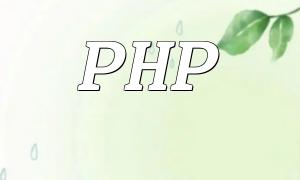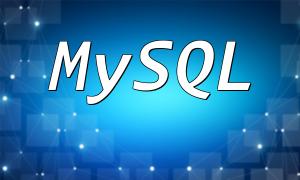With the progression of globalization, various websites have emerged, and among them, content management systems (CMS) play a central role in many. To cater to different users, especially across regions and languages, multilingual support becomes an essential feature in CMS system development. This article demonstrates how to implement a simple multilingual support feature in a CMS using PHP, helping you quickly achieve this functionality.
First, we need to create language pack files for each supported language so that the system can load the appropriate content based on the current configuration. Let's assume we want to support English and Chinese, so we can create two files corresponding to these languages:
Here’s an example of a language pack file:
// lang_en.php
$lang = array(
'welcome' => 'Welcome to our website!',
'about' => 'About Us',
'contact' => 'Contact Us',
);// lang_cn.php
$lang = array(
'welcome' => '欢迎访问我们的网站!',
'about' => '关于我们',
'contact' => '联系我们',
);Next, we need to provide users with a language switch feature, allowing them to choose their preferred language. This can be done via a form, where users select their language and submit it via POST. The server will then change the current language setting based on the user’s selection.
<form action="language.php" method="post">
<select name="language">
<option value="en">English</option>
<option value="cn">中文</option>
</select>
<input type="submit" value="Switch Language">
</form>After the user selects a new language and submits the form, we need to process this information and update the current session with the new language setting. We can achieve this using PHP sessions to store the language preference.
// language.php
session_start();
if (isset($_POST['language'])) {
$_SESSION['language'] = $_POST['language'];
}Once the user has chosen a language, we need to load the corresponding language pack at the top of each page on the website. By checking the language setting in the current session, we can dynamically display content based on the selected language.
session_start();
if (!isset($_SESSION['language'])) {
$_SESSION['language'] = 'en'; // Default to English
}
$language = $_SESSION['language'];When displaying text on the page, we can use the language pack like this:
echo $lang['welcome'];Through this article, we have demonstrated how to implement a simple multilingual support feature in a CMS using PHP. By creating language packs, implementing a language switch feature, and loading the appropriate language packs, we can easily offer multilingual support on our website. In real-world projects, there may be more details and optimizations to consider, but this framework serves as a good starting point for building a multilingual CMS system that you can extend further.









